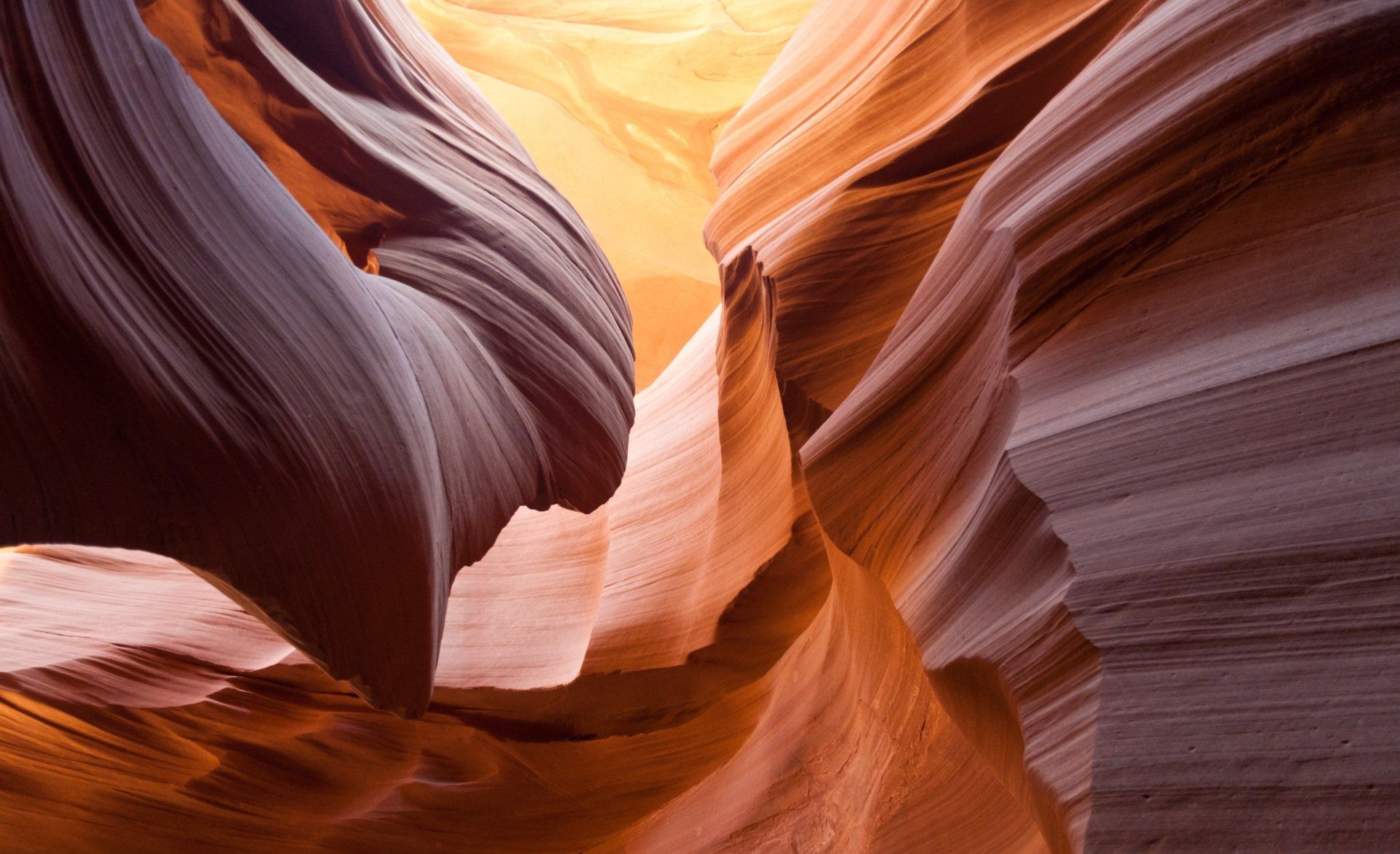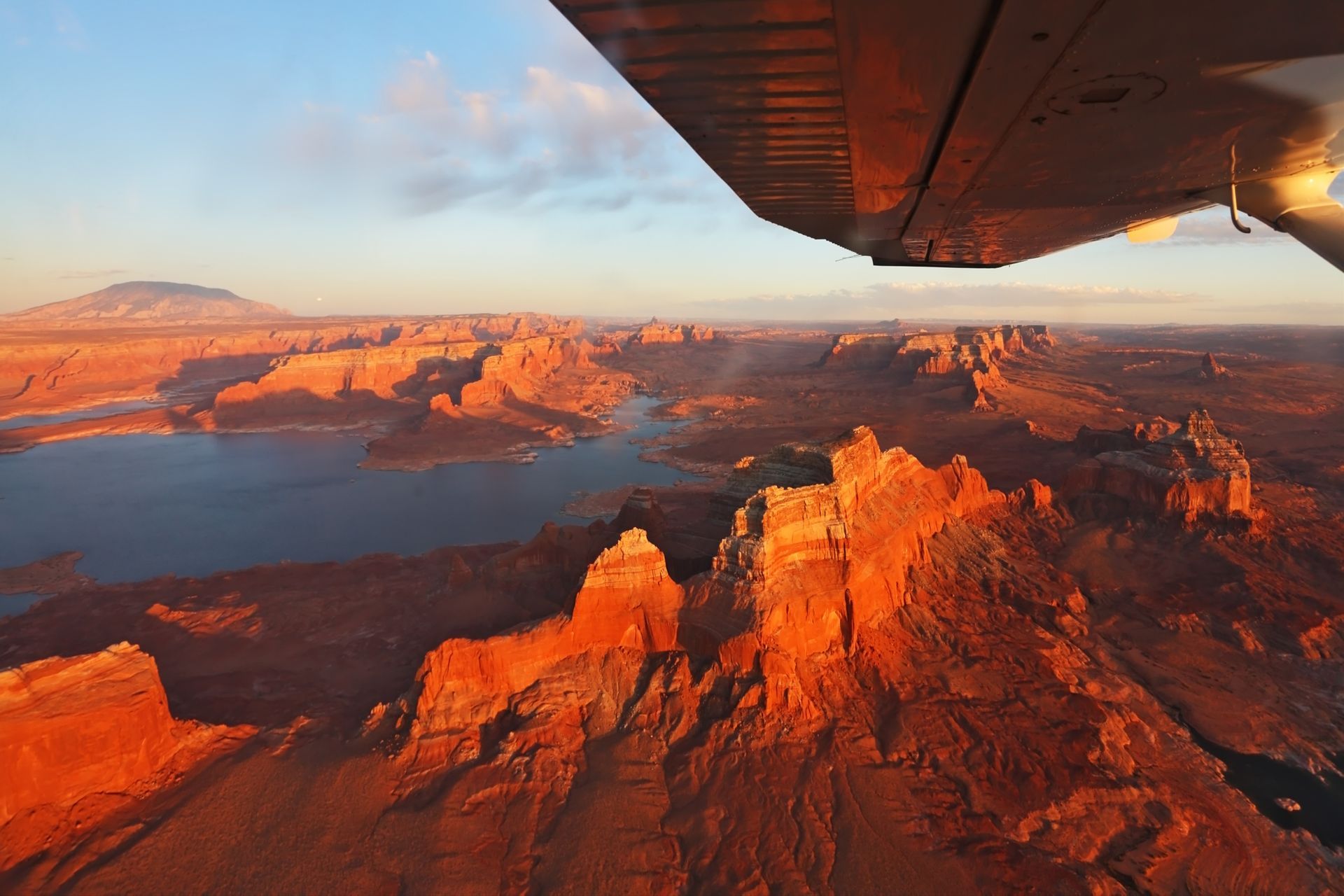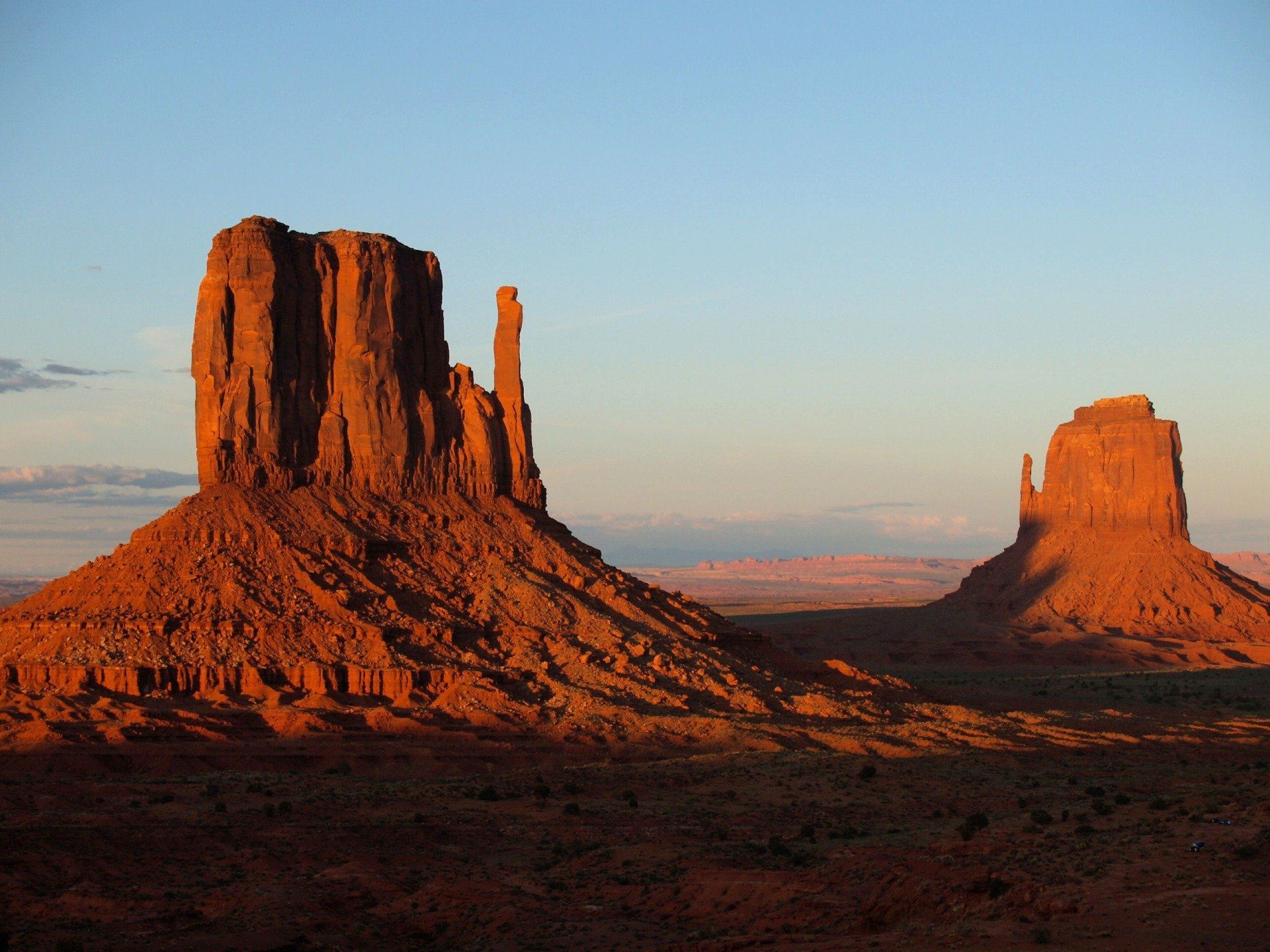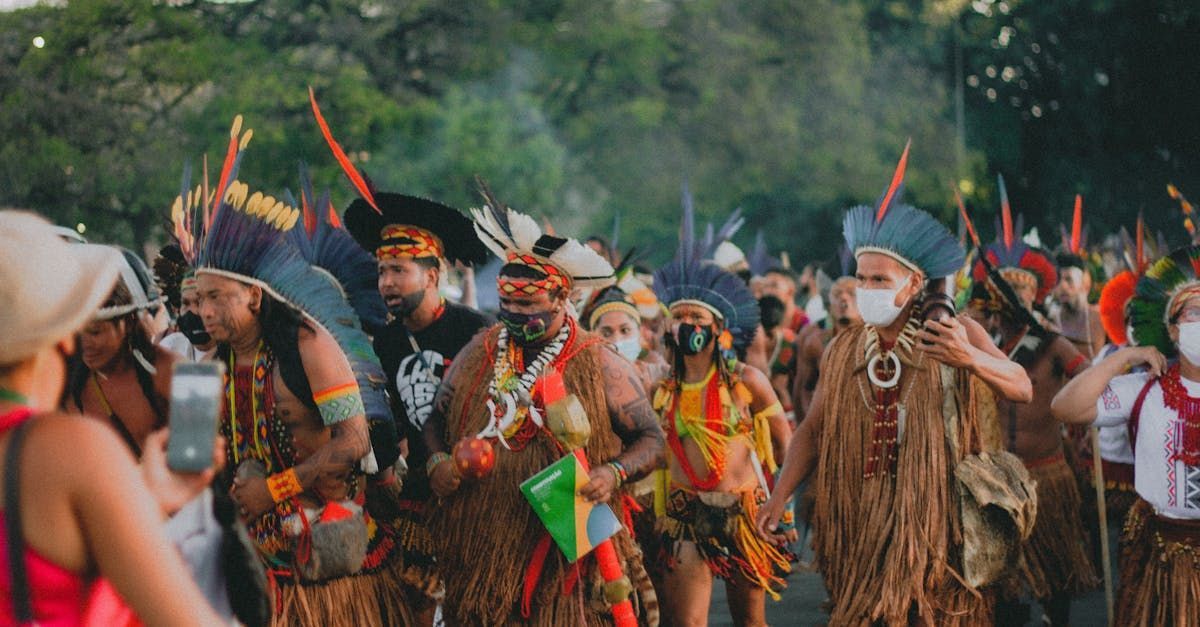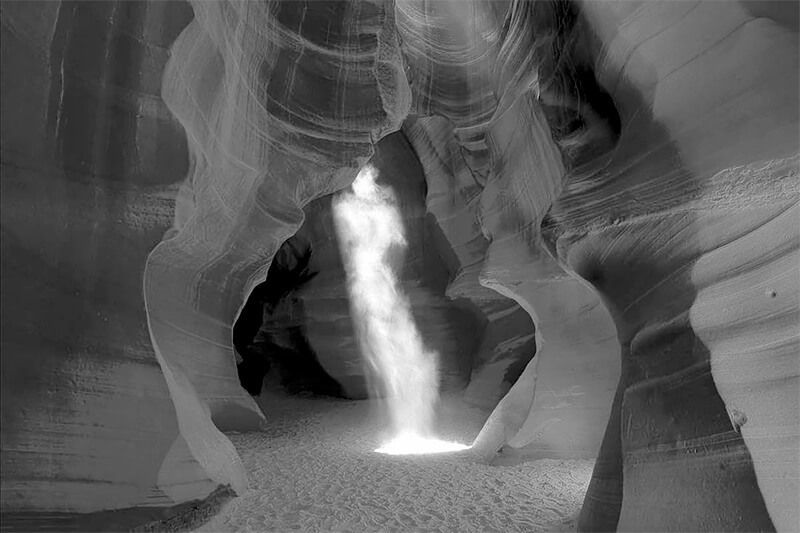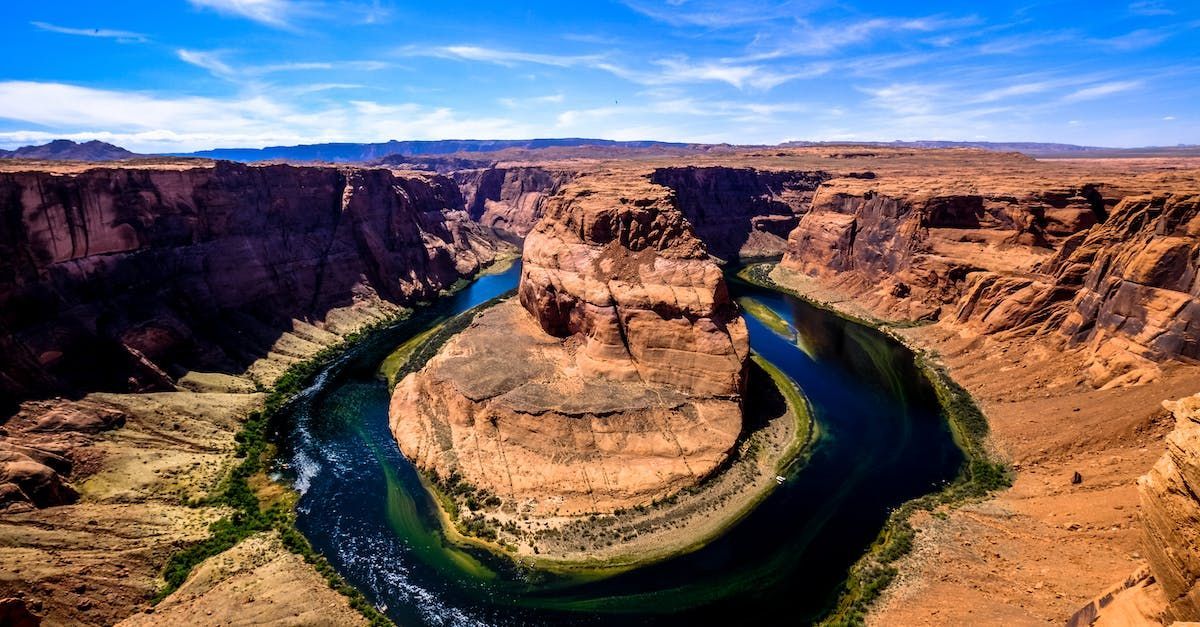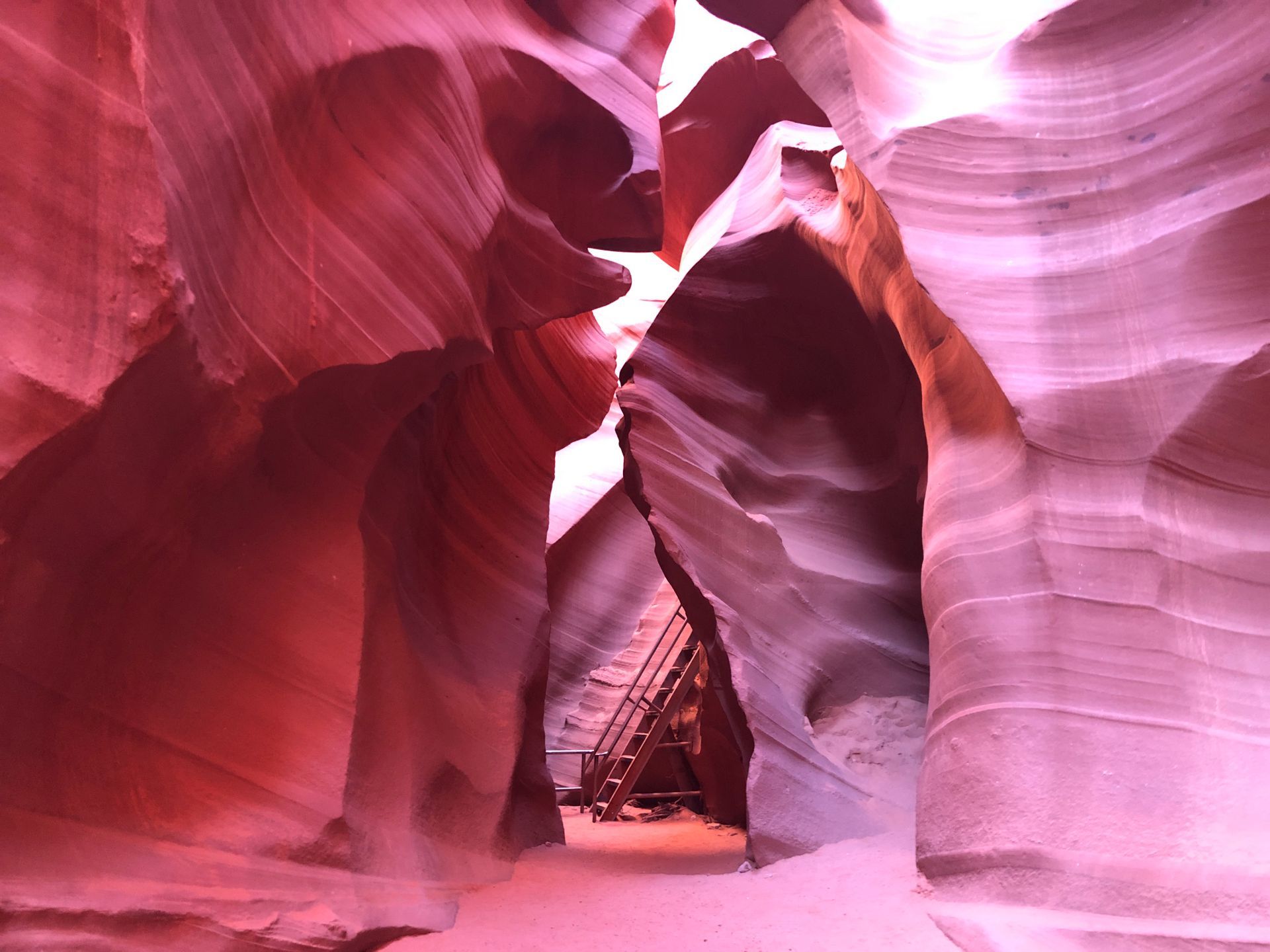Visiting Antelope Canyon from Las Vegas
December 31, 2022
Visiting Antelope Canyon from Las Vegas
While Las Vegas offers glitz and glamour, there’s also plenty of natural spectacle not too far from the city. Within about a five hour drive, discover the world’s most beautiful and magical Antelope Canyon. Spend your daylight hours in tranquil nature before returning to the bustle of Las Vegas for a night on the town. There are some ways to Antelope Canyon from Las Vegas.
Self Driving to Antelope Canyon
To drive yourself:
- Get on I-15 and follow it Northeast for 127 miles through Mesquite and St. George, UT to Washington, UT
- Take Exit 16 to UT-9, which turns into UT-59 near Hurricane, UT, then AZ-389 near Colorado City, AZ. In Fredonia, AZ, take AZ-89A due North Kanab, UT. Follow this routing for approximately 70 miles total to Kanab, UT
- In Kanab, UT, take US-89 East for 75 miles to Page, AZ
- Just South of Page, AZ, take US-98 6 miles due East to the entrance of Antelope Canyon (or stop in Page and take a tour from one of 3 outfitters in town)
- Total trip mileage: 278 Total drive time: 4.5 hours one-way
Other than Antelope Canyon, there's a lot to see and do, including, but not limited to: the
Horseshoe Bend Overlook,
Lake Powell Boat Tours,
Horseshoe Bend Trail Ride,
airplane and helicopter tours, and even more slot canyons!
Bus Tours to Antelope Canyon
1-Day Tour includes:
- Hotel pick up
- Round-trip transportation to Page, AZ;
- Lake Powell
- Lower Antelope Canyon tour (admission included in the price of the tour)
- Stop at Horseshoe Bend
- Hotel drop off
- Tour duration: around 15 hours hotel to hotel
- Mode of transport: 7-passenger van
- Current price: $249+ gratuities
- Complimentary shuttle service from most major Las Vegas hotels
- Air transportation from the Las Vegas area to Page, AZ
- Guided tour of Lower Antelope Canyon tour (admission included in the price of the tour)
- Stop at Horseshoe Bend
- Hotel drop off
- Tour duration: approximately 11-12 hours
- Current price: $649+ gratuities
Share with Friends

Discover the ever-changing weather of Antelope Canyon, a natural wonder open year-round. From scorching summers to snowy winters, plan your visit according to the season for the best experience. Learn about average temperatures, seasonal tips, and the best times for photography. Visit Antelope Canyon and explore the magic of its stunning scenery.
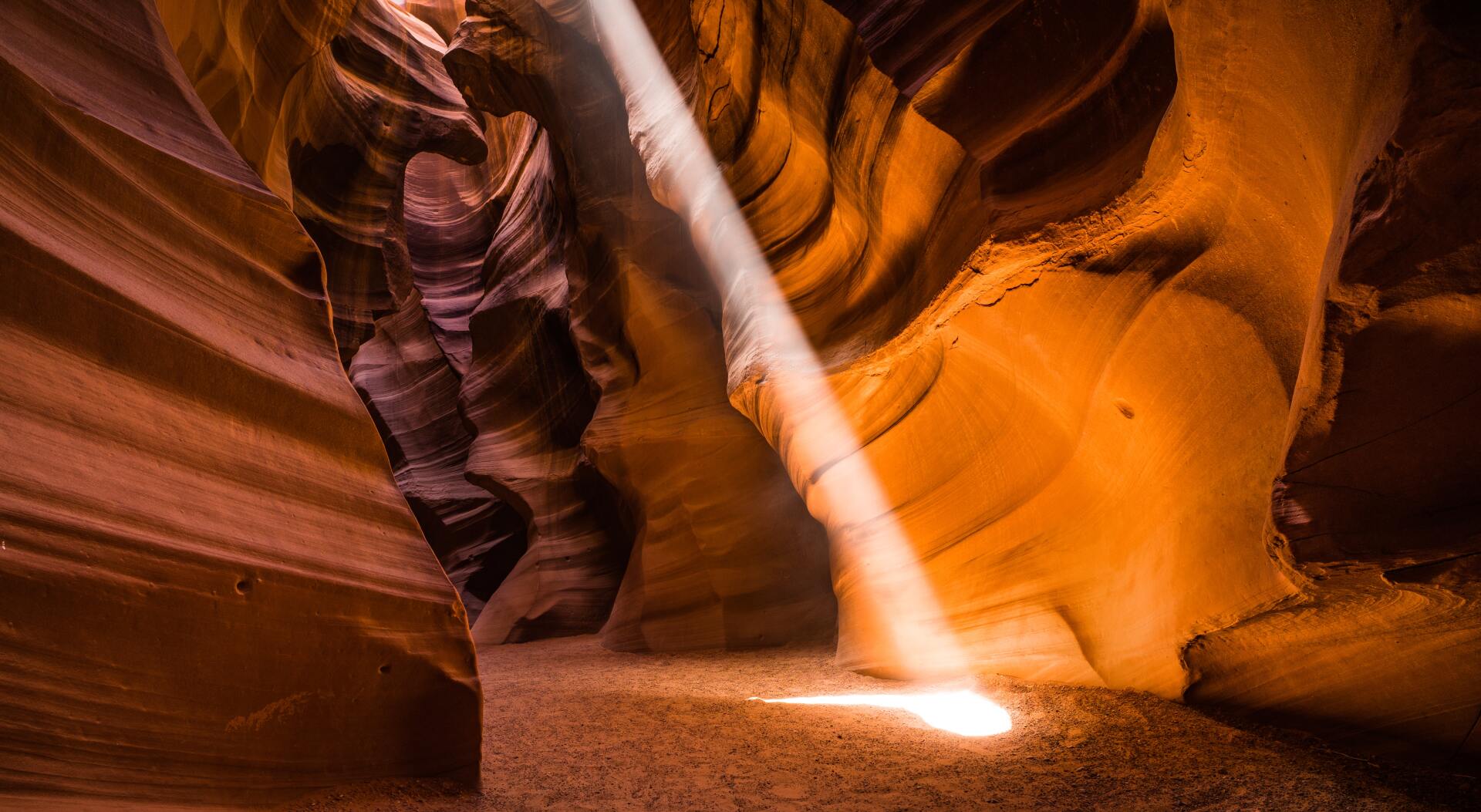
Discover the differences between Upper and Lower Antelope Canyon: from popular light beams to adventurous ladders, each offers a unique and stunning experience. The choice depends on your preferences, physical ability, and the kind of experience you're seeking. Explore the wonders of Antelope Canyon, and decide which side of the canyon you want to explore first!
